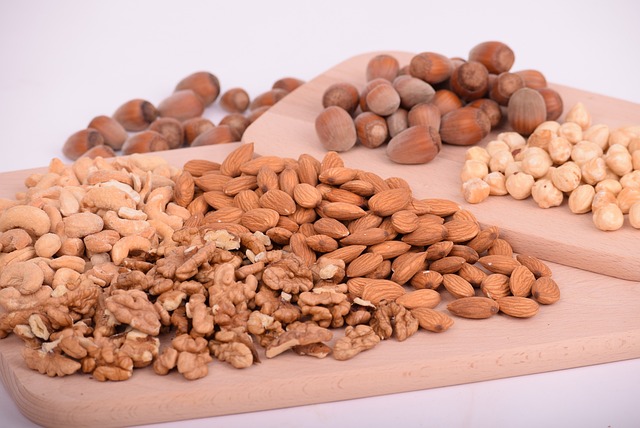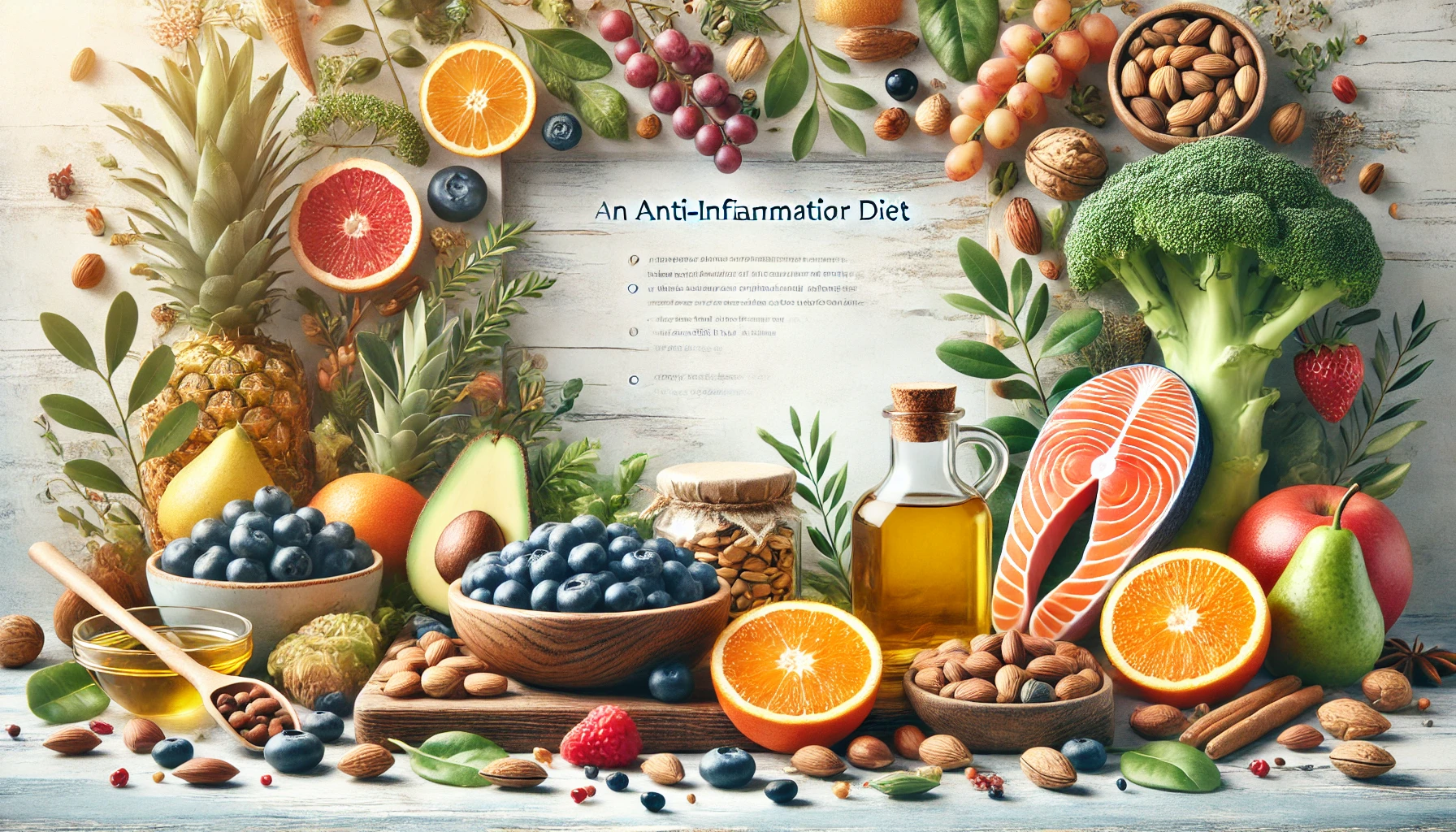
For years, fats have been painted as the villains of the diet world, with many people avoiding them in the pursuit of better health. But is all fat really bad for you? The answer is no. While some fats can harm your health, others are essential for your body to function properly. Understanding the difference between good and bad fats can help you make smarter choices for a balanced and healthy diet.
Types of Fats: The Good, the Bad, and the In-Between
Not all fats are created equal. Fats are divided into four main categories: saturated fats, trans fats, monounsaturated fats, and polyunsaturated fats. Here’s a quick overview:
- Trans Fats (Bad Fats)
Trans fats are the worst type of fat for your health. Commonly found in processed foods, baked goods, and fried foods, trans fats increase the risk of heart disease, stroke, and type 2 diabetes. They also raise bad cholesterol (LDL) levels while lowering good cholesterol (HDL) levels. Because of these harmful effects, the FDA has restricted the use of artificial trans fats in food production. - Saturated Fats (Limit These Fats)
Saturated fats, found in foods like red meat, butter, cheese, and certain oils (such as coconut and palm oil), are considered less harmful than trans fats but should still be limited. High intake of saturated fats can raise LDL cholesterol levels, increasing the risk of heart disease. Experts recommend consuming no more than 10% of your daily calories from saturated fats to support heart health. - Monounsaturated Fats (Good Fats)
Monounsaturated fats are considered heart-healthy fats and can be found in foods like olive oil, avocados, nuts, and seeds. These fats can help lower bad cholesterol levels and reduce the risk of heart disease and inflammation. Studies have shown that diets rich in monounsaturated fats can improve blood pressure, support weight management, and enhance overall health. - Polyunsaturated Fats (Good Fats)
Polyunsaturated fats, which include omega-3 and omega-6 fatty acids, are essential fats that our bodies cannot produce on their own. Omega-3 fatty acids, found in fatty fish like salmon, flaxseeds, and walnuts, have been linked to numerous health benefits, including improved brain health, reduced inflammation, and lower heart disease risk. Omega-6 fats, found in vegetable oils, nuts, and seeds, also play an essential role in the body, but it’s important to balance them with omega-3 intake.
Why Your Body Needs Good Fats
Contrary to popular belief, fats are not just empty calories. Good fats provide essential nutrients and support various bodily functions. Here are some ways healthy fats benefit your body:
- Energy Source: Fats are a concentrated energy source, providing nine calories per gram, which is more than double the calories from protein or carbohydrates.
- Cell Health: Fats are a crucial part of cell membranes, ensuring proper cell function and communication within the body.
- Brain Function: Omega-3 fatty acids, in particular, support brain health and cognitive function, helping to improve memory and reduce the risk of age-related cognitive decline.
- Absorption of Vitamins: Certain vitamins, such as A, D, E, and K, are fat-soluble, meaning they require fat to be absorbed and utilized by the body.
- Hormone Production: Fats play a key role in hormone production, helping to regulate processes such as metabolism and immune function.
The Risks of Eating Too Much Bad Fat
While good fats support health, consuming too many bad fats, particularly trans and saturated fats, can harm your body in several ways. Diets high in these unhealthy fats have been linked to:
- Heart Disease: High intake of trans and saturated fats increases bad cholesterol levels, which can lead to plaque buildup in arteries and, ultimately, heart disease.
- Obesity: Unhealthy fats are often found in calorie-dense, processed foods that contribute to weight gain and obesity.
- Inflammation: Trans fats and excessive saturated fats can increase inflammation in the body, contributing to chronic conditions such as arthritis, diabetes, and metabolic syndrome.
- Type 2 Diabetes: Diets high in unhealthy fats, combined with refined sugars, have been linked to insulin resistance and an increased risk of type 2 diabetes.
How to Choose Healthy Fats in Your Diet
Balancing fat intake is essential for maintaining a healthy diet. Here are a few tips to help you incorporate more healthy fats and limit bad fats:
- Choose Plant-Based Oils: Opt for oils high in monounsaturated fats, like olive oil and avocado oil, rather than butter or margarine.
- Eat Fatty Fish: Include fatty fish like salmon, mackerel, and sardines in your diet a few times a week to boost omega-3 intake.
- Snack on Nuts and Seeds: Nuts and seeds are a great source of healthy fats and can be a satisfying snack or addition to meals.
- Limit Processed Foods: Many processed foods contain trans fats, so read labels carefully and avoid foods that list “partially hydrogenated oils” as an ingredient.
- Balance Omega-6 and Omega-3 Fats: Try to balance omega-6 fatty acids (found in vegetable oils) with omega-3s from sources like flaxseed, chia seeds, and fish.
Conclusion
Not all fats are bad. Healthy fats, like monounsaturated and polyunsaturated fats, are vital for your heart, brain, and overall well-being. The key is to focus on incorporating these good fats into your diet while limiting harmful trans and saturated fats. By choosing the right fats, you can support your body’s needs, maintain a balanced diet, and enjoy better health. Remember, moderation is key, and a well-rounded diet that includes healthy fats can be part of a fulfilling and nutritious lifestyle.

